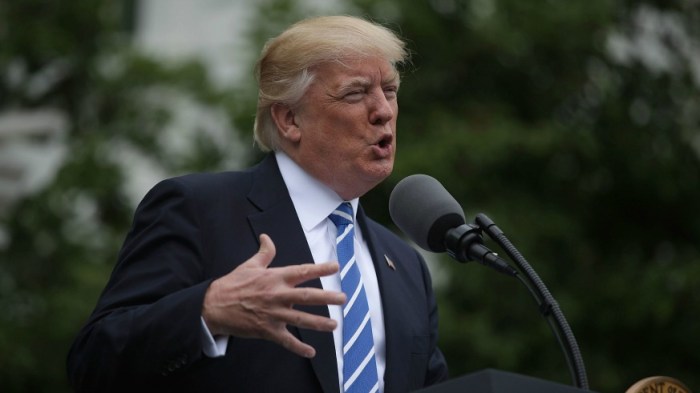North Korea has carried out another test of a rocket engine that the United States believes could be part of its program to develop an intercontinental ballistic missile, a U.S. official told Reuters on Thursday.
The United States assessed that the test, the latest in a series of engine and missile trials this year, could be for the smallest stage of an intercontinental ballistic missile (ICBM) rocket engine, said the official, who spoke on the condition of anonymity.
A second U.S. official also confirmed the test but did not provide additional details on the type of rocket component that was being tested or whether it fit into the ICBM program.
One official said he believed the test had taken place within the past 24 hours.
North Korea’s state media, which is normally quick to publicize successful missile-related developments, did not carry any reports on the engine test.
South Korean officials did not have details about the reported test and declined to comment on the possible nature of the engine.
Chinese Foreign Ministry spokesman Geng Shuang said China opposed any action that violated UN Security Council resolutions and called for restraint from all parties.
South Korean President Moon Jae-in, who was elected last month on a platform of a more moderate approach to Pyongyang including dialogue to ease tension, inspected the test-launch of a ballistic missile on Friday that is being developed by the South’s military.
“I believe in dialogue, but dialogue is possible when it’s backed by strong defense and engagement policy is possible only when we have security ability that can overwhelm the North,” Moon was quoted by his office as saying at the test site.
Moon’s office did not disclose the details of the missile being tested, but South Korea has been working to develop ballistic missiles with a range of 500 miles, a voluntary cap under an agreement with the United States.
The United States has tried for years to discourage South Korea from developing longer-range ballistic missiles in keeping with the Missile Technology Control Regime, a voluntary international arms-control pact.
China pressed to pressure North Korea
The disclosure of the North’s engine test came a day after the United States pressed China to exert more economic and diplomatic pressure on North Korea to help rein in its nuclear and missile programs during a round of high-level talks in Washington.
Moon told Reuters in an exclusive interview on Thursday that strong new sanctions would be needed if the North conducted a new nuclear test or an intercontinental ballistic missile test and that he planned to call on Chinese President Xi Jinping to play a greater role in reining in Pyongyang’s arms program.
However, the Chinese Foreign Ministry spokesman questioned such calls.
“When the world says that it hopes China can do even more, I don’t know what ‘do even more’ refers to,” Geng told a daily news briefing in Beijing on Friday.
“We’ve said many times that China is making unremitting efforts to resolve the Korean peninsula nuclear issue, and plays an active and constructive role,” he said.
Conflict between U.S. and North Korea possible.
U.S. President Donald Trump has warned that a “major, major conflict” with North Korea is possible over its weapons programs, although U.S. officials say tougher sanctions, not military force, are the preferred option.
China’s top diplomat, Yang Jiechi, told Trump in a meeting at the White House that Beijing was willing to “maintain communication and coordination” with the United States in an effort to defuse tension on the Korean peninsula, according to a statement from China’s Foreign Ministry on Friday.
The head of the U.S. Defense Intelligence Agency told Congress last month that North Korea, if left unchecked, was on an “inevitable” path to obtaining a nuclear-armed missile capable of striking the U.S. mainland.
However, experts say Pyongyang could still be years away from have a reliable ICBM capability.
The continental United States is around 5,600 miles from North Korea. ICBMs have a minimum range of about 3,400 miles, but some are designed to travel 6,200 miles or farther.
Any military solution to the North Korea crisis would be “tragic on an unbelievable scale,” Trump’s defense secretary, Jim Mattis, said last month.
The United States, meanwhile, is ramping up capabilities to defend against the threat from North Korea, staging its first-ever successful test to intercept an incoming ICBM-type missile in May.
But a test on June 21 of a new capability being developed by the United States and Japan to defend against shorter-range missiles failed to hit its target, the U.S. Missile Defense Agency said on Thursday.
It was the second such test of the SM-3 Block IIA interceptor, which is being developed by Raytheon. The previous intercept test, conducted in February, had been successful.




















